Shanghai, November 5- Gérard Mourou, 2018 Nobel laureate in Physics, delivered the second lecture of T. D. Lee Master Lecture Series titled Extreme Light: Bridging Optics and Fundamental High Energy Physics, first steps Towards Zeptosecond and Zettawatt Science, to an enthusiastic audience of around 300 students, academics and interested individuals. The lecture, hosted by Academician Jie Zhang, Director of Tsung-Dao Lee Institute (hereinafter referred to as TDLI ), attracted attendees from more than 50 institutions, including Shanghai Jiao Tong University, ShanghaiTech University, CAS Shanghai Institutes for Advanced Studies, COMAC Shanghai Aircraft Design and Research Institute, Shanghai Synchrotron Radiation Facility, Zhangjiang Laboratory, etc. An additional 2,700 viewers joined the event online.
In Jie Zhang’s opening welcome speech, he recalled his 20-plus year-long deep friendship with Mourou and the events they have attended together, including the dinner at which Mourou was honoured with the Nobel Prize in 2018. He highly praised Mouoru's outstanding achievements in the field of ultra-short, ultra-intense laser technology and his significant contributions to the scientific and technological progress of mankind, finally envisioned imminent future of ultra-short, ultra-intense laser technology.

At the beginning of the lecture, Mourou attracted the attention of the audience with his profound academic attainments and warm and humorous style of presentation. He began by describing his and his team's work in the field of extreme light, where they have been working to create the shortest and most intense laser pulses for mankind. In describing this achievement, Mourou explained in detail the principle of the chirped pulse amplification (CPA) technique: CPA technique starts by stretching the seed laser pulse temporally through a stretcher to reduce its peak power, then the broadened pulse enters the gain medium for energy amplification, and finally the amplified pulse enters a compressor to compress the pulse width to the femtosecond (10-15 seconds) level, and at the same time, the peak power of the pulse can be greatly increased to the order of petawatts (1015 watts). In addition, Mourou looked ahead to a future of laser pulses with duration from femtoseconds to zeptoseconds (10-21 seconds), and peak power from petawatts to zettawatts (1021 watts). As the lecture progressed, Mourou further discussed the role of extreme light in bridging optics and fundamental high energy physics. He pointed out that extreme light not only helps scientists to gain a deeper understanding of the fundamental properties of matter under extreme conditions, but also provides new ideas and methods for research in the next- generation advanced particle accelerators, laboratory astrophysics, transmutation of nuclear waste, space debris clean-up, and early diagnosis and treatment of cancer, among other related areas. Mourou concluded by sharing his vision of future scientific development, which filled the audience present with anticipation and expectation.

During the Q&A session, the audience actively engaged with questions on topics ranging from the challenges of the current laser technology and the future direction of extreme light to strengthening the intuitive ability of physics research and so on. Mourou answered each of them patiently, earning enthusiastic applause from the audience.
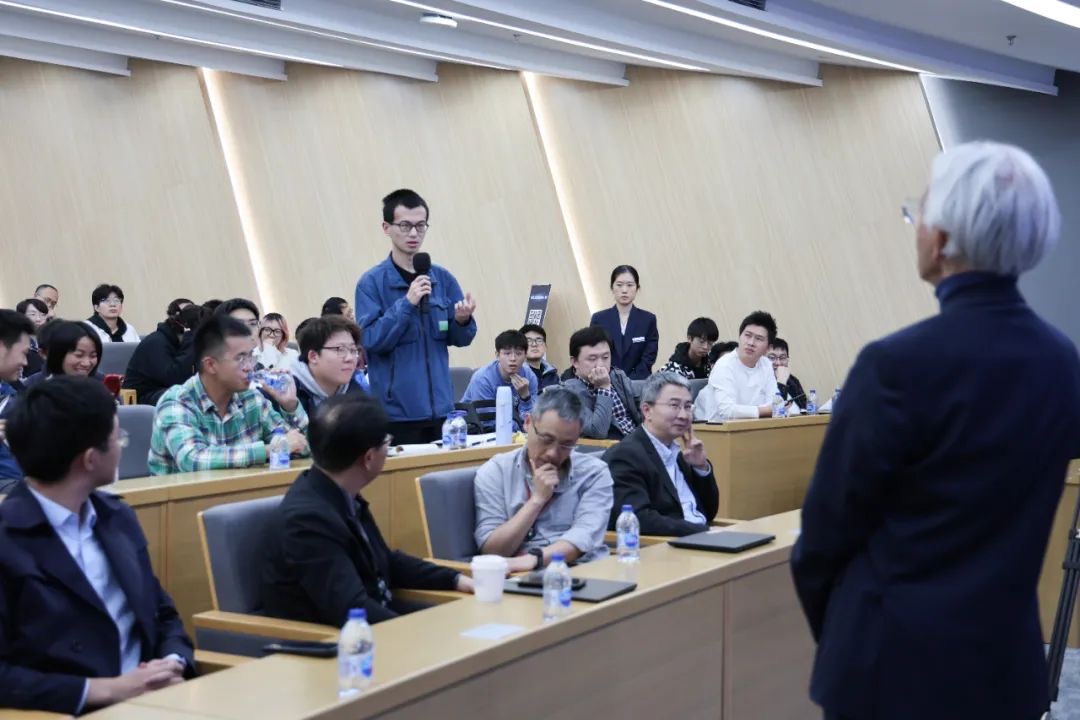
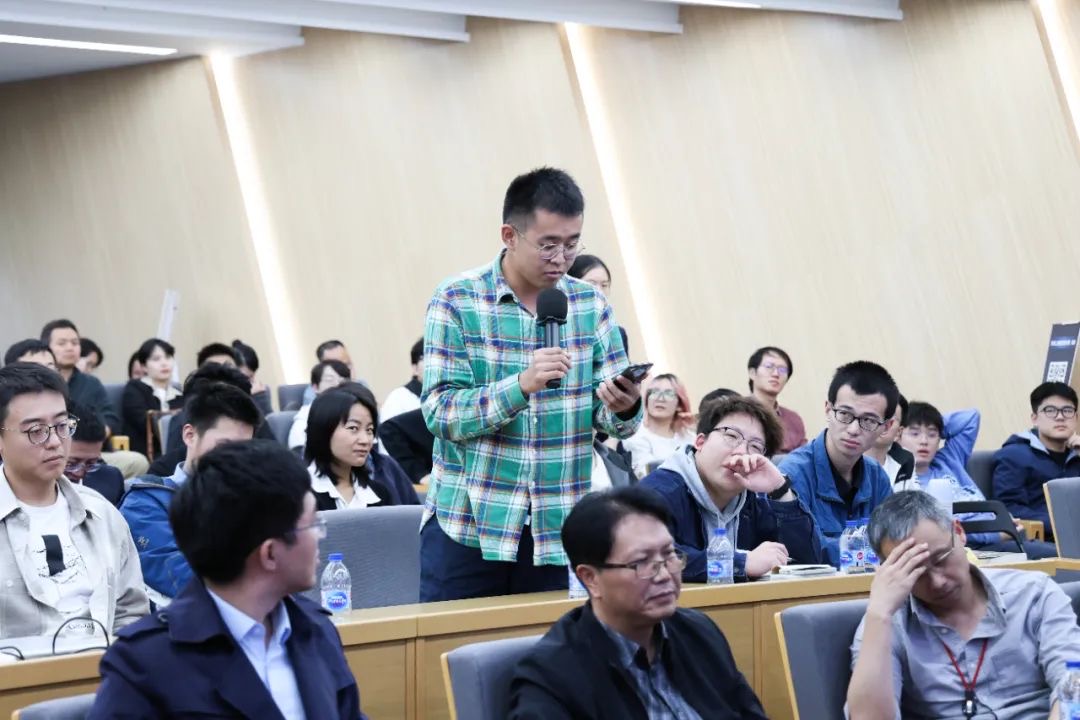
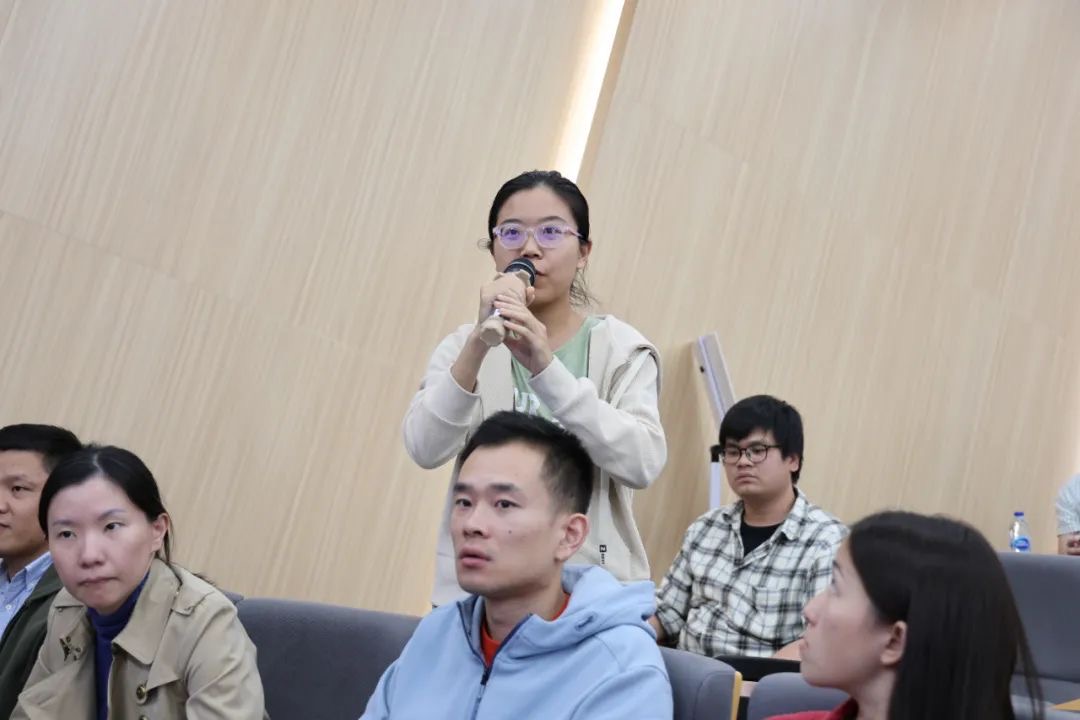
To mark the occasion, Jie Zhang presented Mourou with a commemorative certificate, and TDLI’s "Quest for Infinity" Panorama Scroll.
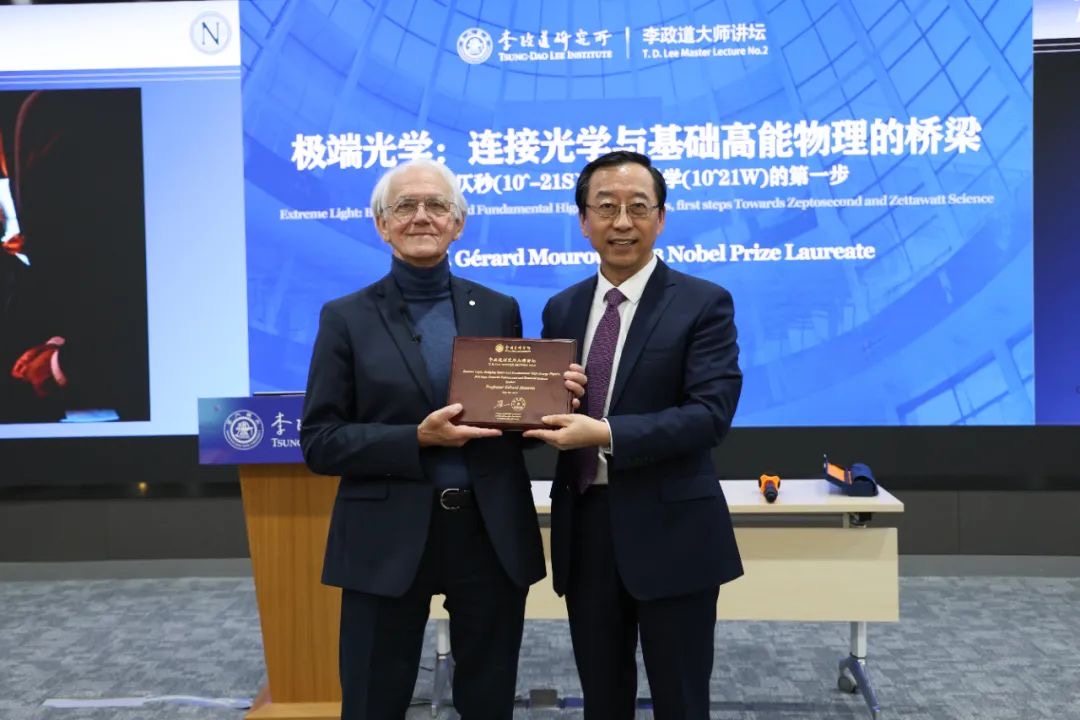
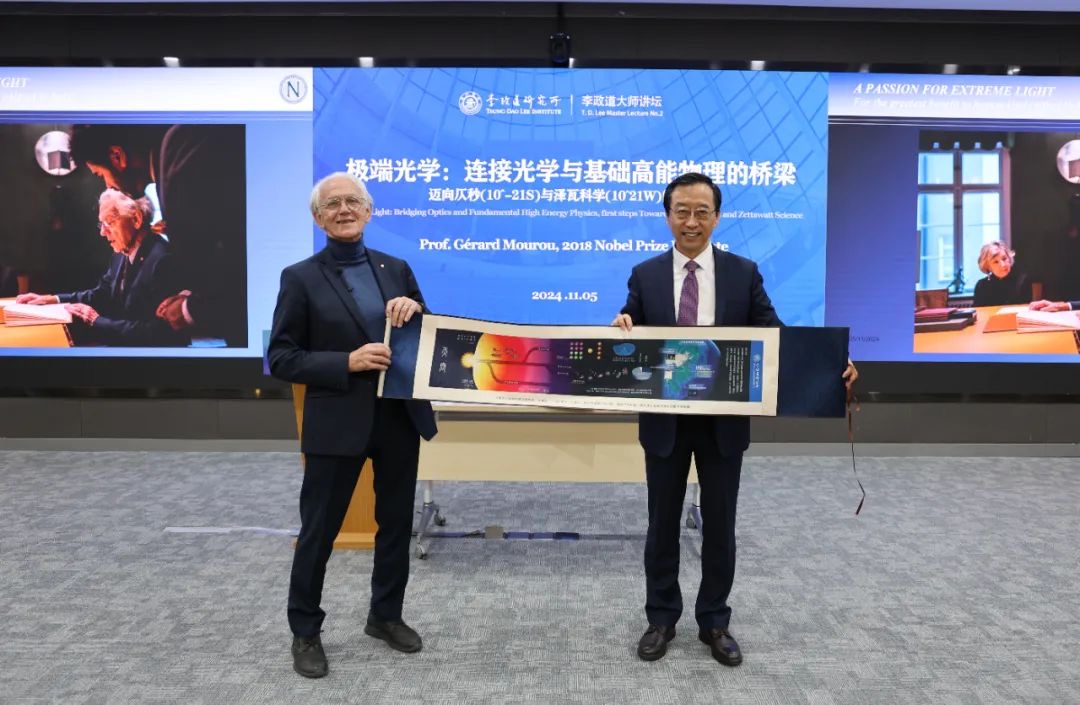
Before the presentation, Mourou, accompanied by Jie Zhang, Dao Xiang (SPA Dean), Jianglai Liu (TDLI Deputy Director), Liming Chen (SPA Distinguished Professor) and Donglian Xu (TDLI Tenure-track Fellow) and etc., visited TDLI’s PandaX Laboratory, Trident Laboratory, the Experimental Platform for Laboratory Astrophysics, and the Ultrafast Electron Diffraction Laboratory of the Zhangjiang Institute of Advanced Studies.
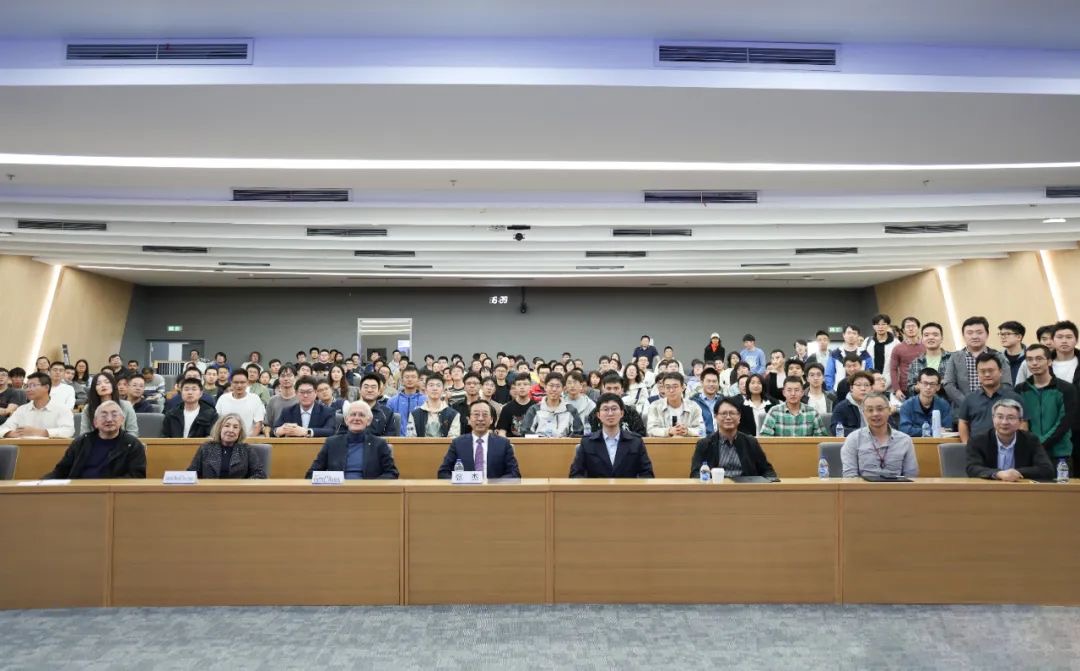
Biography of Gérard Mourou
Professor Gérard Mourou is a French scientist and pioneer in the field of electrical engineering and lasers. He is the winner of the 2018 Nobel Prize in Physics for his work with his doctoral student, Donna Strickland, on chirped pulse amplification (CPA), opening up new ways to realize ultra-high-power lasers and advancing laser-matter interactions into the realm of relativity and extreme relativity.
Professor Mourou studied physics at the University of Grenoble, and then at the Université Pierre-et-Marie-Curie in Paris, where he earned his Ph.D. in 1973. He later moved to the United States and became a professor at the University of Rochester and University of Michigan Ann Arbor, where he did his Nobel Prize awarded work.
Professor Mourou has made numerous contributions to the fields of ultrafast lasers, high-speed electronics and medicine. He has been honored with several notable awards for his breakthrough scientific inventions, including Charles Hard Townes Award by the OSA (2009), Arthur L. Schawlow Prize in Laser Science by the American Physical Society (2018), etc. He was elected as a foreign member of the Chinese Academy of Sciences (2019).
Source: SJTU TDLI
Editor on Duty: Yan Cheng

